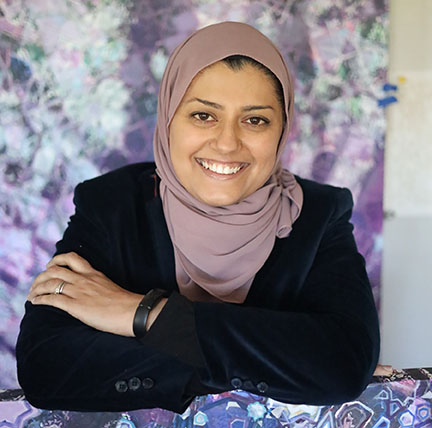Today we’d like to introduce you to Bushra Gill
Hi Bushra, thanks for joining us today. We’d love for you to start by introducing yourself.
I am an artist working mostly in painting and printmaking, although I have yet to meet a medium I didn’t want to explore. In my work, I use recognizable images of trees, flowers, or people, along with Islamic geometric patterns. I am interested in the layers in relationships and how they shift and rearrange. I want to share those stories and connect them to growth and connections made in the natural world.
I traded homelands as a child and haven’t really felt rooted to any one place since. So, in my work, I think about connection, especially the underlying structure of everything around us that unites us. The layered, kaleidoscopic imagery is how I try to see everything in the world: no one viewpoint is the exact right one, and our joint experiences make the image richer and more satisfying.
I’ve tried many careers along the way in education, fashion, and sales. Raising my sons has been really important, and they were the inspiration for me to return to a regular, and then full-time, art practice a few years ago. I’d love to see my work in some of the museums I taught at in the beginning of my career, but for now, I am grateful to have more ideas than time to make them and more opportunities to show than I have work.
I’m sure it wasn’t obstacle-free, but would you say the journey has been fairly smooth so far?
I emigrated from Pakistan at 5 with my family, grew up in suburban Texas, and went through public school learning to adapt to my largely-white peers. I always knew I was going to be an artist, which bewildered my family. Reluctantly, they let me go away to Pratt to study art in New York, and there too, I learned to adapt and be less foreign. I didn’t know how to trust myself–or even know myself–enough to make work about the experiences of growing up caught between cultures.
I turned to teaching as a way to fund my art practice, becoming a museum educator, then abandoning the art world altogether first for fashion, and then classroom education. I tried hard not to be an artist, but finally couldn’t not do it anymore when I realized my young sons would not need me as regularly for much longer. It took a couple of years of trying lots of things before a seed of an idea emerged and I found my voice. Although I had a 20 year hiatus from making art, the extra years of living gave me confidence to trust my story. I’ve been able to tap into that to become a full-time artist, finding more and more to say through my work.
Also, I found that all the experience from teaching: looking for themes & making connections between various pieces, was the ideal training for curating my own work as well as giving feedback and curating other artists’ work. The path I thought was leading me away from what I wanted was actually the scenic route to the same destination!
Can you tell our readers more about what you do and what you think sets you apart from others?
I work mostly in painting and printmaking, starting with everyday images of the trees outside my window, flowers I come across, or people in my life, and then add Islamic geometric patterns over them to suggest relationships. The tiny shapes are like building blocks, combining to make a pattern, but changing one can shift the whole image. The breaks and mistakes in the pattern are my favorite part because they remind me there is no such thing as perfection. From a distance, the images snap into focus, although I am especially interested in the tension of abstracting the recognizable image with the patterns.
Printmaking has long been at the backbone of my artmaking process. I’ve never been a traditional printmaker, turning out exact replicas. Instead, the freedom of leapfrogging from idea to idea using a single plate or image is what still keeps my practice alive all these years hence. New ideas and bodies of work almost always arise through printmaking. Most recently, I found the patterns taking on a life of their own through a series of monoprints, wanting to bend and move in a dimensional way. I am excited to explore this further.
Islamic geometric patterns are not uniquely mine, but I think I use them in my own way. I often layer different patterns and always break them up. They are a suggestion of an unseen order, and maybe that order is a particular pattern or perhaps another. I don’t know what the underlying structure is, but I want to think about being part of a whole, much larger picture.
So, before we go, how can our readers or others connect or collaborate with you? How can they support you?
My website always has available works, including separate pages of artwork in solo shows. I look forward to doing public work and murals again. I did some very early on in my career, but I have yet to see my contemporary work on a massive scale.
I also take commissions, where people send me a couple of pictures of someone special, along with some ideas of what they like. I then take those images and try to tell their story using my visual language. Often, working this closely with someone else’s memories triggers some of my own and feeds into my own work significantly. I have a form on my website for people interested in a custom piece.
I have also recently started curating shows, which has been an interesting way of combining all that I did as a museum educator with the experience of being an artist. I try to go look at as much art as I can, and have been honored to be asked to give feedback to artists in studio visits.
Contact Info:
- Website: https://www.bushragill.com/
- Instagram: https://www.instagram.com/bushradraws/
- LinkedIn: https://www.linkedin.com/in/bushra-gill-8178004/
- Youtube: https://www.youtube.com/@bushradraws
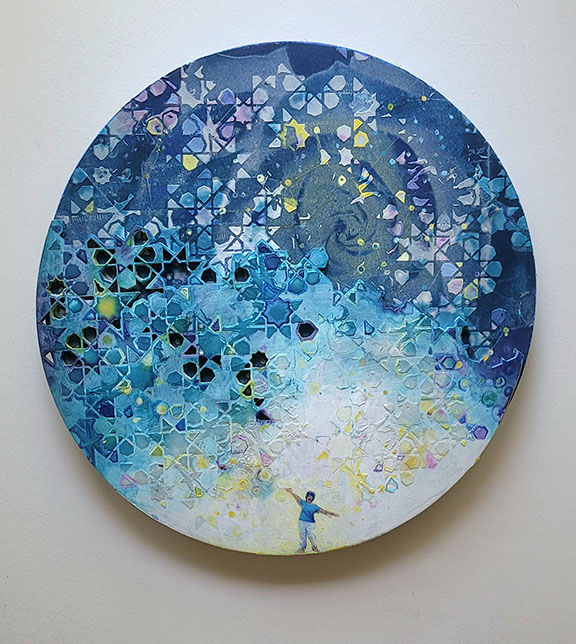
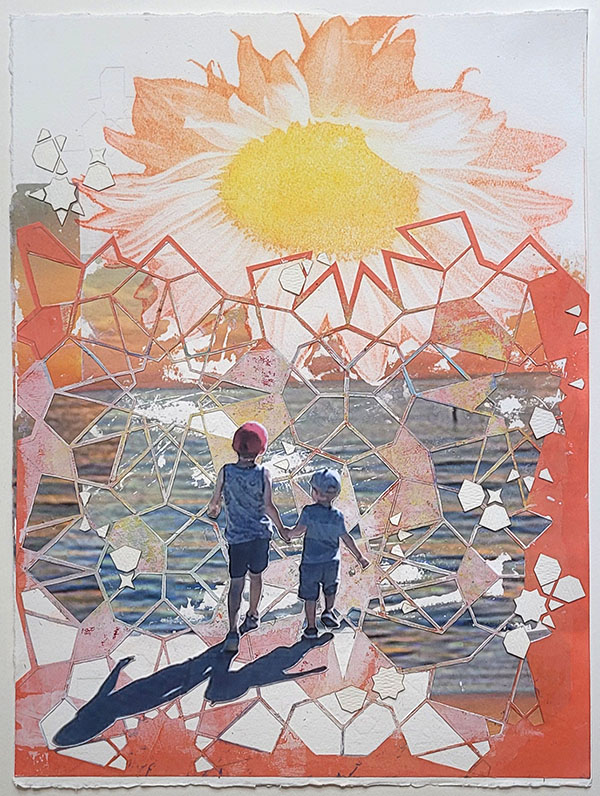
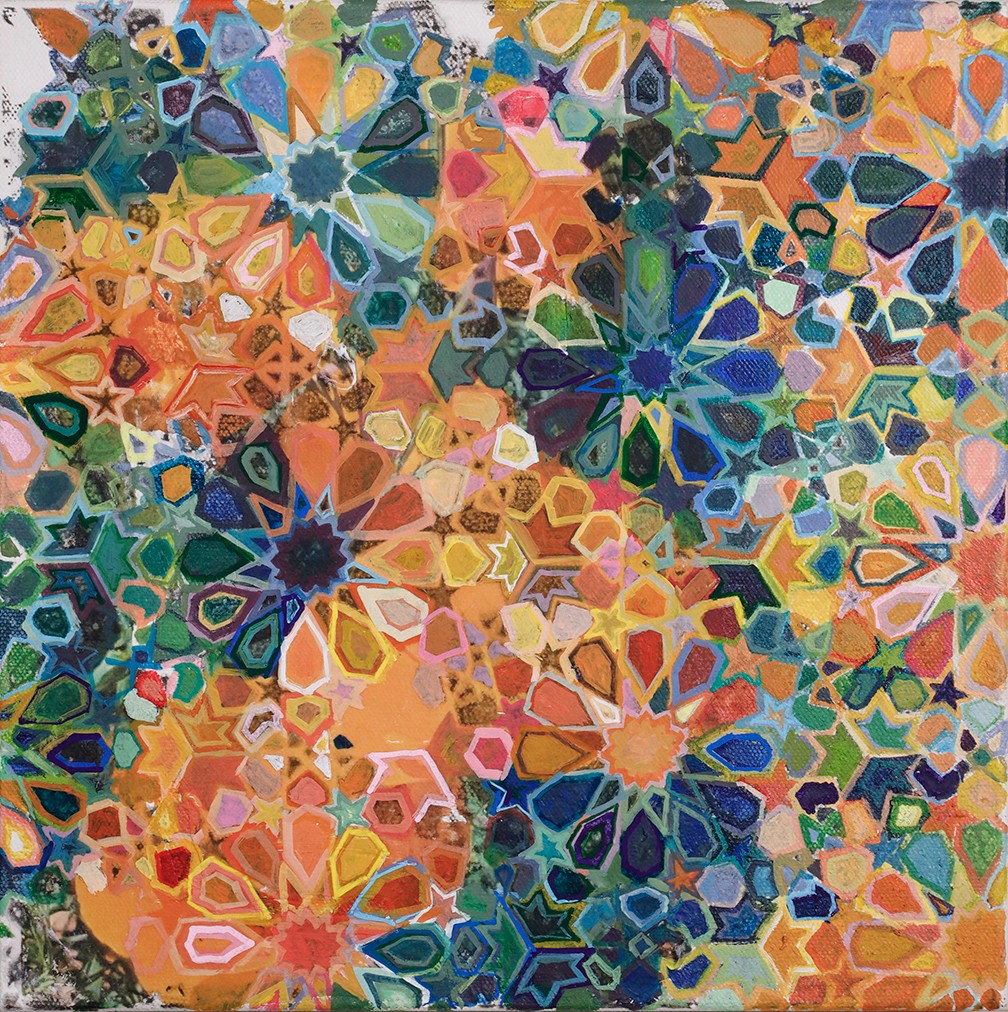

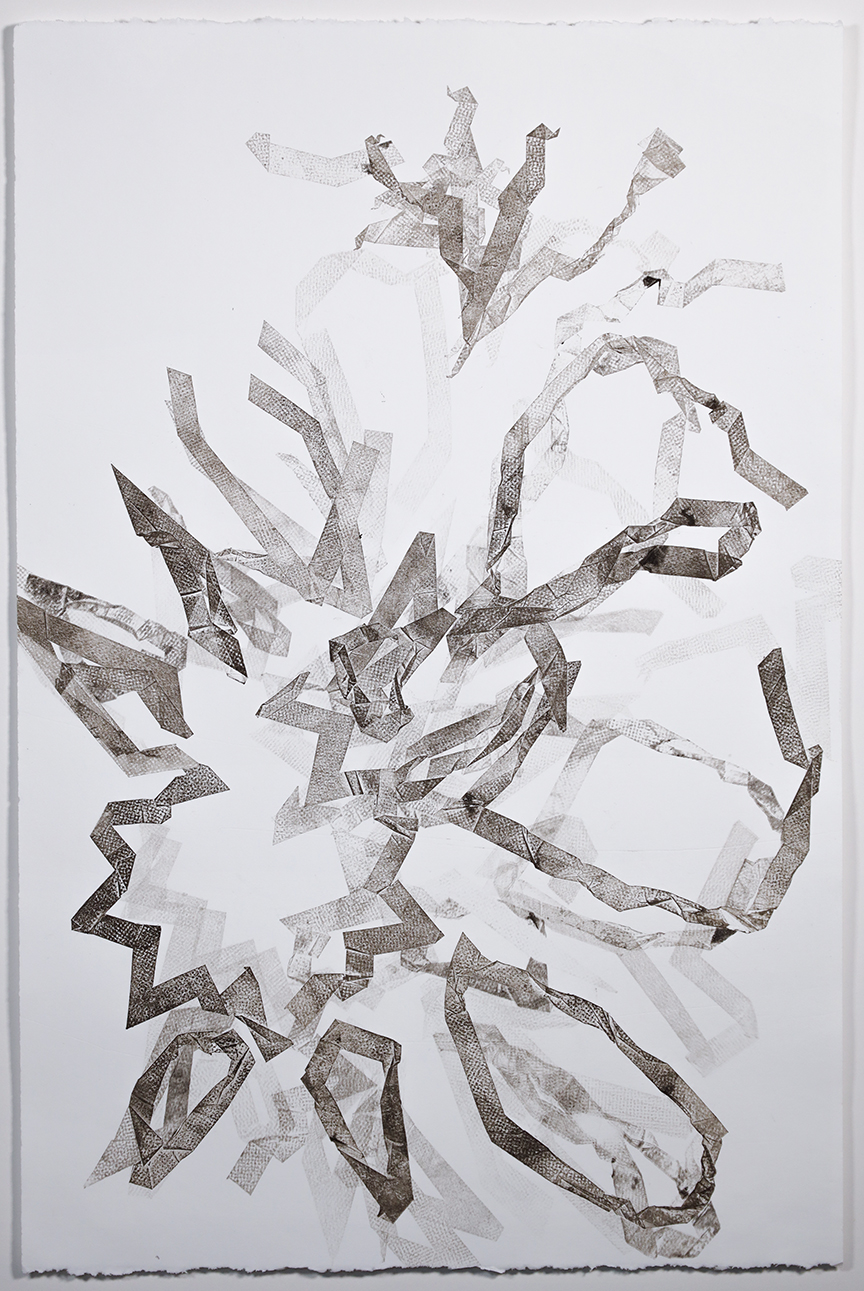

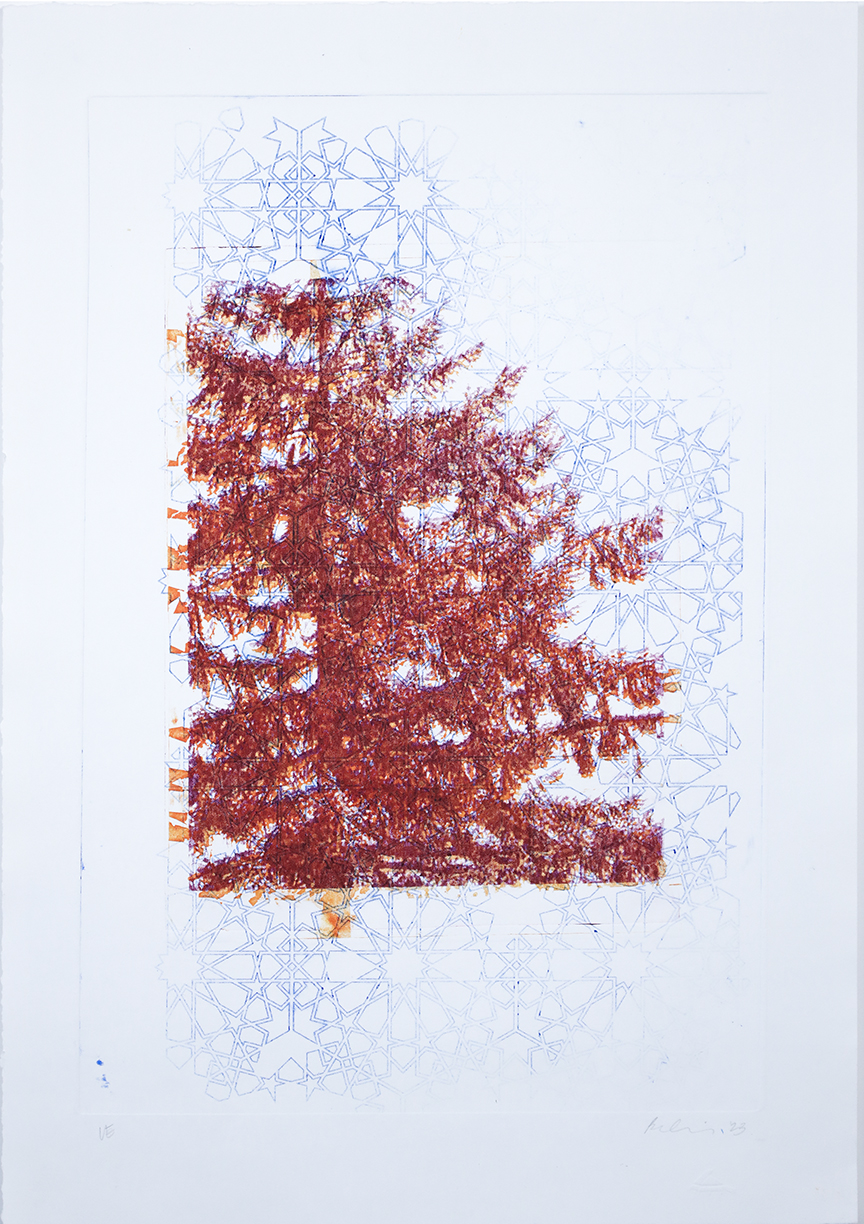

Image Credits
headshot by Alexandra Mathias
all artwork photographed by the artist


